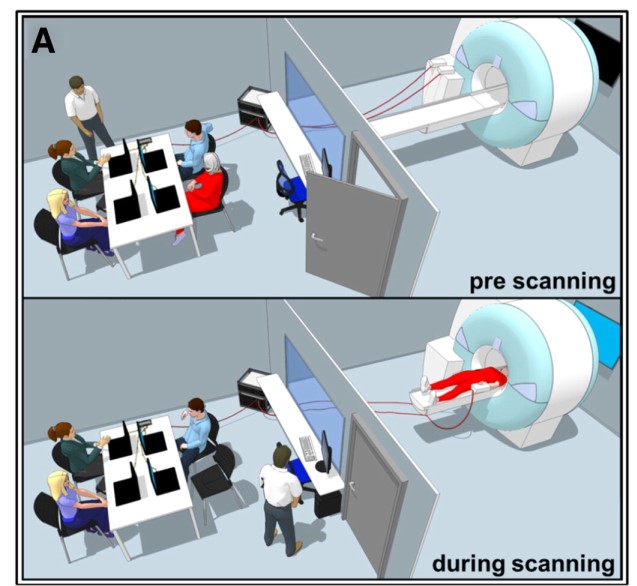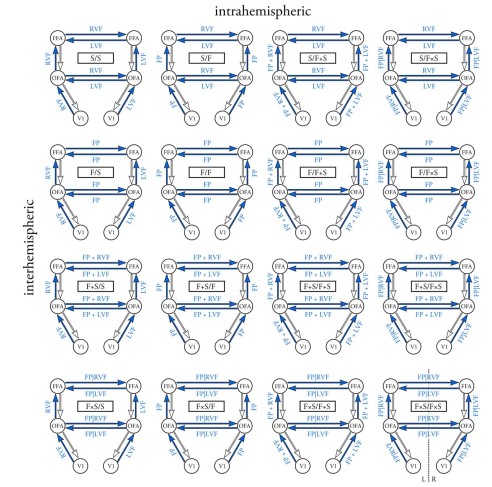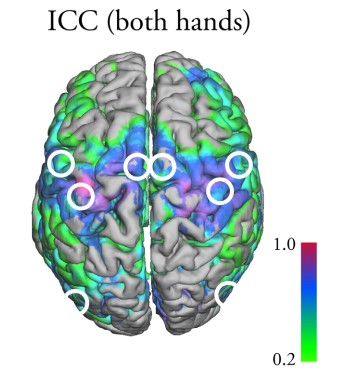Neural pathways of embarrassment and their modulation by social anxiety
Abstract While being in the center of attention and exposed to other’s evaluations humans are prone to experience embarrassment. To characterize the neural underpinnings of such aversive moments, we induced genuine experiences of embarrassment during person-group interactions in a functional neuroimaging study. Using a mock-up scenario with three confederates, we examined how the presence of […]
Neural pathways of embarrassment and their modulation by social anxiety Read More »


